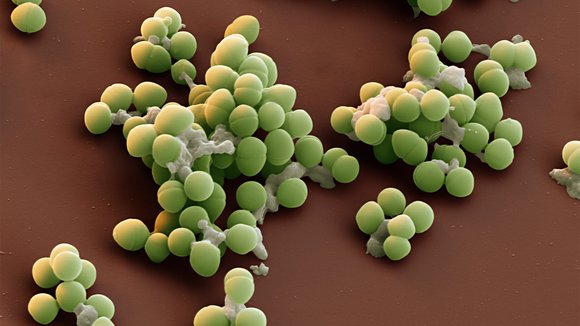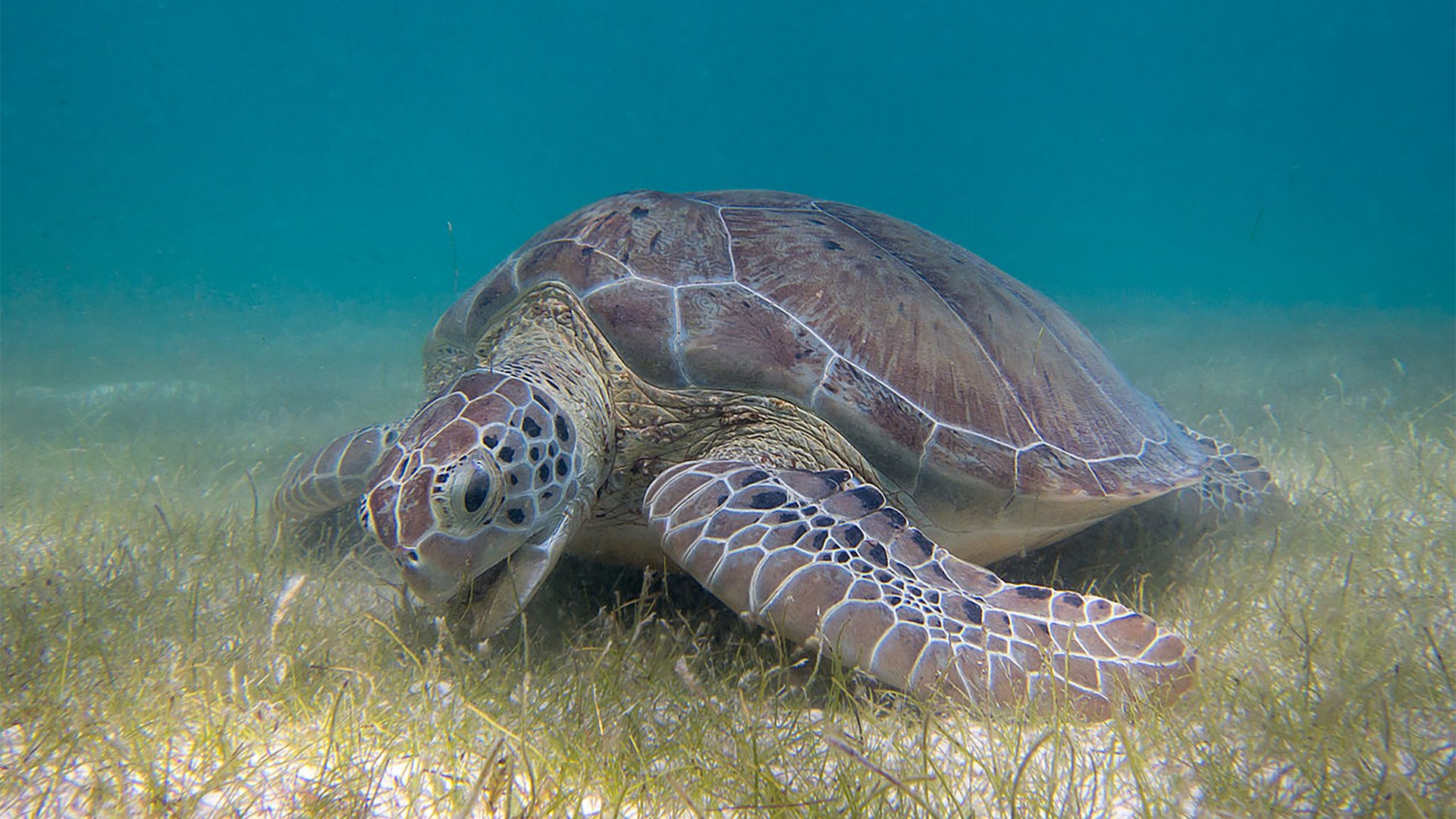Underwater prairies
Every continent on earth – with the exception of Antarctica – is surrounded by vast areas of seagrass. Altogether, the surface of these areas roughly equals ten times the surface of the Netherlands. These underwater prairies have many vital ecological functions. They trap sediment, they provide breeding grounds and food for numerous marine animals and they absorb immense amounts of CO2 from the atmosphere. Research that was recently published in Science magazine now adds another function to that list: keeping both the water and us people healthy.
Natural defence
Seagrasses are full of bacteria. These single-celled organisms produce various antibodies as they combat their natural enemies: other bacteria and fungi. On a number of small islands west of Sulawesi, Indonesia, scientists examined whether the seagrass's natural defence would also help to fight bacteria that cause illness in humans. These islands have little to no sanitary facilities, meaning that sewage full of potentially dangerous intestinal bacteria flows directly into the ocean.

Pathogenic intestinal bacteria (like the Enterococcus bacteria) in sewage can be combated by bacteria that grow on seagrass.
Intestinal bacteria
Due to this outflow of polluted water, the sea water around these islands holds ten times more Enterococcus intestinal bacteria than is allowed according to the American Environmental Protection Agency (EPA). The quantity of these bacteria in water is an indication of the extent of pollution caused by sewage. Water samples that were taken a little further away from the islands, however, painted an entirely different picture. In places where seagrass grew, there was only a third of the amount of intestinal bacteria found in places without seagrass. Thanks to the seagrass and its bacteria, the amount of pathogenic bacteria was reduced below the EPA limit. The adjacent coral was also cleaner.
Sick less often
In a subsequent study, the team tested the water for the presence of a large number of bacterial strains that can cause illness in humans and other mammals, but also in fish and invertebrates. Once again, they were able to show the positive influence of the seagrass. Wherever there was seagrass, the water and nearby coral reefs held half as many pathogens. Furthermore, the polyps, the minuscule animals that build the coral, were sick only half as often.
The ugly, but indispensable stepchild
These discoveries show us once again how valuable seagrass is. 'We call seagrass the ugly stepchild among marine organisms. It doesn't get half as much respect as the corals and mangroves do', says Dr Joleah B. Lamb, main author of the publication, in a press release from Cornell University. 'Yet millions of people depend on healthy coral reefs for their income and sustenance.' Aside from the important ecological functions, the economic value of one hectare of seagrass for the fishing industry is estimated to be around $215,000 per year (University of Cambridge, 2014). 'Since 1990, about 7% of the earth's seagrass fields has disappeared every year', Lamb says. 'We hope this research helps highlight the importance of seagrass for both human and marine health.'
Source: Lamb et al. 2017 (Science) - Seagrass ecosystems reduce exposure to bacterial pathogens of humans, fishes, and invertebrates.

